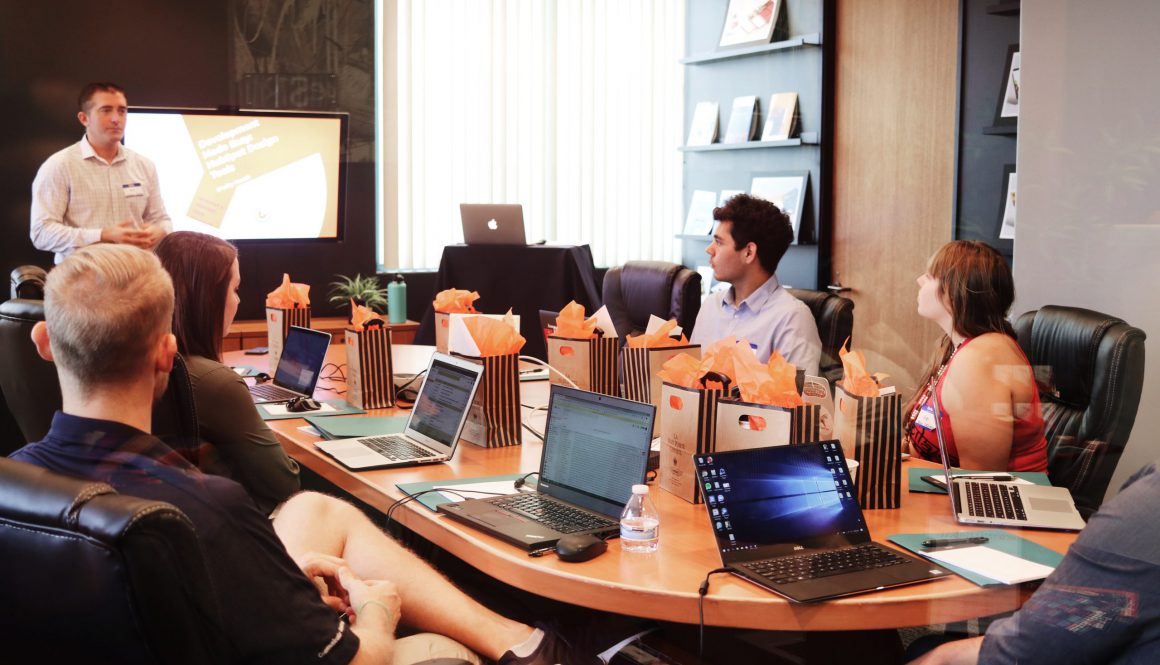Shift Your Board’s Culture: Tips from CEOs
At a meeting of association CEOs hosted by Ewald Consulting in March 2025, participants discussed how to shift a board governance from a culture of oversight to one of engagement — so board leaders focus on strategy more than operations.
Help a Board Stay Focused on the Big Picture
It can be easy for a board to go down a rabbit hole of focusing on operational details instead of strategic discussion and decisions. Here are some tactics that can help maintain focus:
- Include time at each meeting for a generative discussion to make sense of industry circumstances, discover patterns and discern problems members face in their work, and to determine the organization’s role in addressing it.
- Make time for a small element of governance training or a “mission in practice” moment at each board meeting.
- Budget for the board chair and perhaps chair-elect to attend a governance training seminar along with the CEO each year; ASAE’s Exceptional Boards Conference and/or CEO Symposium are examples of excellent programs.
Additionally, carefully building a strategy-focused agenda for each board meeting can also help the board keep its focus on the bigger picture. One of our Associations Trends Talks addressed this topic.
Bring Discussion Back on Track
Sometimes, despite our best efforts, meeting discussion can go off topic or get stuck in wordsmithing. Every board member should feel comfortable bringing things back to the agenda — and so should the chief staff officer. Participants noted the need to “call board members back” rather than “calling them out” for crossing into discussion of operational items. While subtle, this reframing of the action keeps the positive intention behind it and disarms concern about getting stuck in a “gotcha” moment.
Align Board and CEO/Staff Roles
Clarity of roles is essential in creating a mission-driven, engaged board of directors. Some ideas for creating that clarity include:
- Careful recruitment of board members can help identify those who demonstrate strategic thinking. Just because someone is a dedicated and hard-working committee member doesn’t mean they will make the transition to board service.
- Once board members are elected, orientation is an essential step to reinforce expectations for service — in terms of time, talent and (perhaps) treasure.
- So that the board can focus on higher-level matters, committee members and staff need to be aligned on their respective roles. Committee charters and orientation can help lay this groundwork. Check out ASAE’s Basics of Board Structure for ideas.
- Use a strategy screen to introduce and evaluate new ideas. This term was introduced by David La Piana to encourage intentional, criteria-based decision making.
- Board members can benefit from ongoing coaching by the staff CEO and other board members. Make time to have conversations between meetings about how things are going and to plan for upcoming board meetings.
Conclusion
In turbulent times, it’s more important than ever for association boards to consider how they are meeting the organization’s mission and the needs of members. It requires strategic thinking rather than obsession with details.
Want to join our CEO roundtables? Reach out to Paul Hanscom.
Want additional resources to lead your association strategically? Sign up for our Ewald Advantage monthly newsletter.


